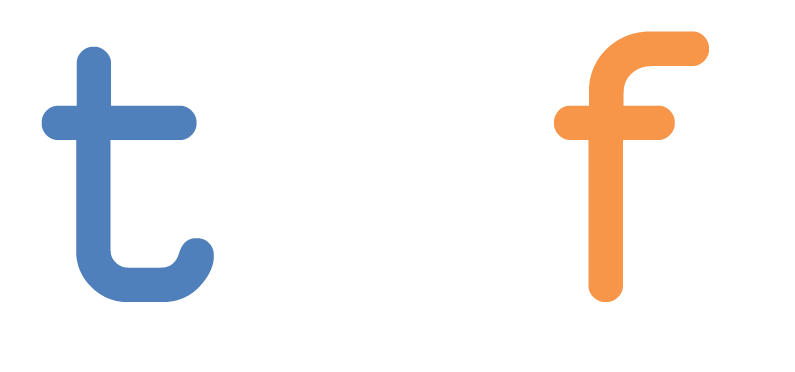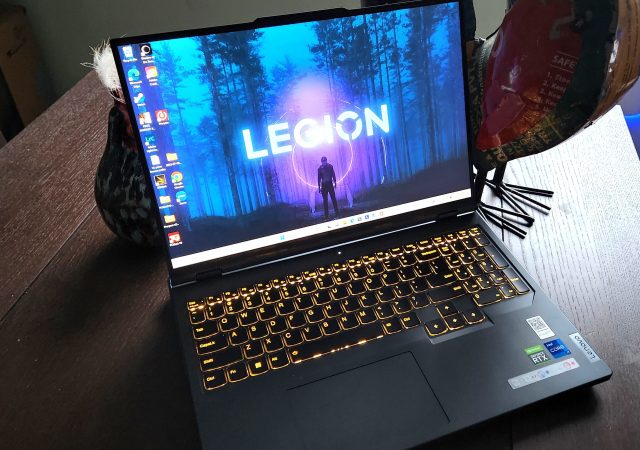We’ve been able to play with so many Legion models of all stripes, but we’ve got the Pro 7i edition this time, offering 13th-gen Intel processors up to an i9, and video power up to NVIDIA’s RTX 4090 card. You can get a range of specs in between, but here’s the configuration we were working with, which will run you just short of $2k on Lenovo’s website and around the web:
- OS: Windows 11 Home [Pro available]
- Processor: 13th Generation Intel® Core™ i9-13900HX Processor (E-Core Max 3.90 GHz, P-Core Max 5.40 GHz with Turbo Boost, 24 Cores, 32 Threads, 36 MB Cache)
- Memory: 32GB DDR5 5600MHz
- Graphics: NVIDIA® GeForce RTX™ 4070 8GB GDDR6
- Screen: 16″ WQXGA (2560 x 1600), 16:10 aspect ratio, 240Hz variable refresh rate, 100% SRGB, 500 nits, up to VESA DisplayHDR™ 400 Certified, Dolby Vision® Support, NVIDIA® G-SYNC™ Support / TÜV Rheinland Certified, X-Rite™ Pantone Certified, LA2-Q AI chip
- Storage: 1TB PCIe SSD Gen 4 [up to 2TB avaiable]
- Camera: Built-in FHD (up to 1080p) webcam, Tobii Horizon support
- Connectivity: WiFi 6E 802.11AX (2×2), RJ45 Ethernet, Bluetooth 5.1
Specs and Design
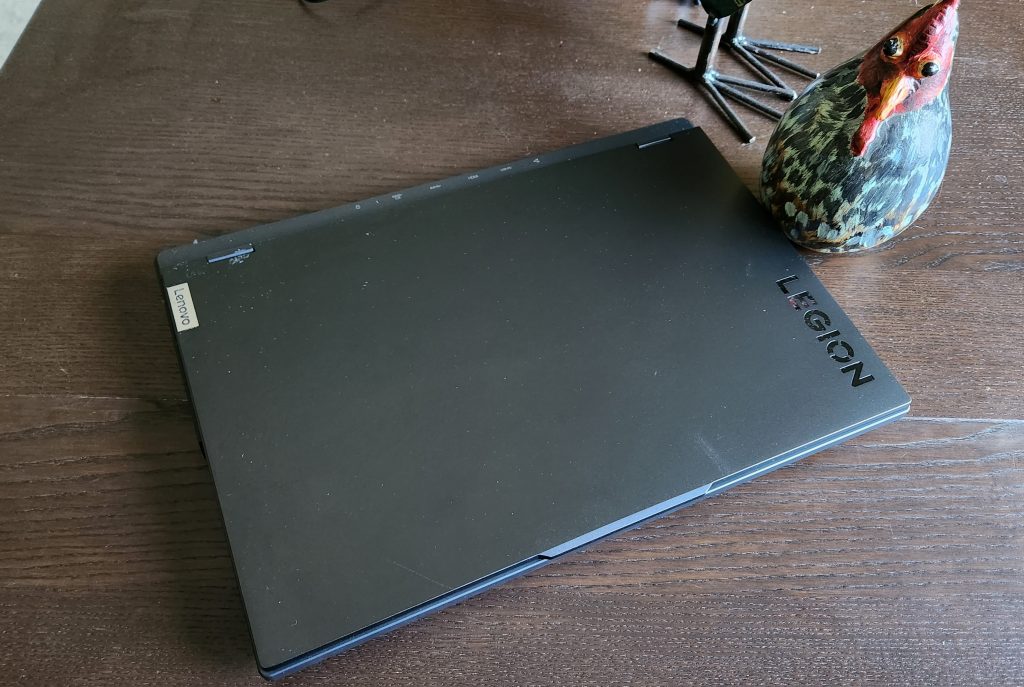 We’re looking at the new classic Legion design here, utilizing th new 16:10 display standard, wide fan vents on the back with plenty of ports, and their TrueStrike keyboard with full numpad and arrow keys on the deck. The screen itself is nice and bright at 500 nits, and the super thin bezels mean the screen covers 93.6% of the surface area, with the only major visible piece being the notch at the top that houses the webcam, which also supports Tobii Horizon for eye movement tracking.
We’re looking at the new classic Legion design here, utilizing th new 16:10 display standard, wide fan vents on the back with plenty of ports, and their TrueStrike keyboard with full numpad and arrow keys on the deck. The screen itself is nice and bright at 500 nits, and the super thin bezels mean the screen covers 93.6% of the surface area, with the only major visible piece being the notch at the top that houses the webcam, which also supports Tobii Horizon for eye movement tracking.
The keyboard has the classic performance we expect from TrueStrike keyboards, but we can’t stress enough that the lighting is absolutely bright and beautiful. In addition to per-key lighting and patterns through Lenovo Spectrum, the ribbon that runs around the deck adds to the experience, and it’s where the Pro 7i really aesthetically separates itself from the rest of the Legion pack along with the build quality. Although it’s made from 50% recycled aluminum in the bottom cover and 30% post-consumer recycled polymers on the top cover, it maintains a premium flagship feel.
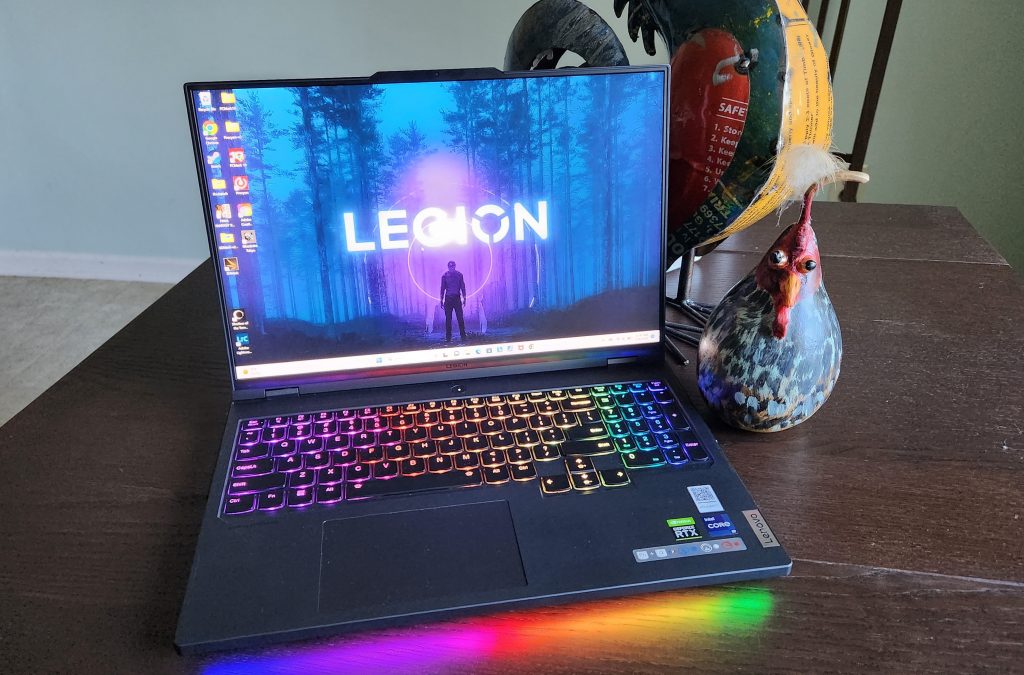 While under an inch thick the Pro 7 is still a big boy, measuring at 0.86″ x 14.3″ x 10.32″ and starting at 6.17 lbs, which bumps up to 1.01″ thick if you spec it out with the 4090. For the power that’s still not bad, and nobody’s buying a gaming laptop to be lightweight.
While under an inch thick the Pro 7 is still a big boy, measuring at 0.86″ x 14.3″ x 10.32″ and starting at 6.17 lbs, which bumps up to 1.01″ thick if you spec it out with the 4090. For the power that’s still not bad, and nobody’s buying a gaming laptop to be lightweight.
We have a USB 3.2 Gen 1 on either side of the notebook, with the right side also housing the shutter for the camera and the headphone/mic combo port. The bulk of the ports are conveniently on the back. In addition to the power port there’s RJ45 ethernet, HDMI 2.1, 2 x USB 3.2 Gen 1’s (1 always on) and a USB-C 3.2 Gen 2 that supports DisplayPort 1.4 and 140W power delivery. Definitely a lot of ports for a lot of functionality.
That said it feels like a machine for grown up gamers. The venting in the back doesn’t look like sports car exhausts, and with the LED’s off the onyx design still fits in in the workplace as well. And for myself personally, you know I love the presence of an RJ45 for IT work. One thing I do love about using high powered gaming laptops for work is that it runs high-powered software decently without investing in systems that are using NVIDIA’s A-line of cards (previously Quadro). I do some data analytics work so Microsoft’s Power BI is something I’ll generally have a few instances running while I work.
Performance
The “Pro” tag isn’t just for show. Here’s how it did:
PCMark 10: Our standard benchmark for office applications gave us a 7,359 (Essentials 9,187, Productivity 10,233, Digital Content Creation 11,504), which ranks at the highest levels for gaming systems.
3DMark Time Spy: Time Spy gave us an 13,194 showing DirectX performance above the average gaming laptop score by a decent margin.
3DMark Port Royal: This ray-tracing test came back with a 7,609, beating the average gaming laptop again, but a bit behind their gen 7 Legion 7 and 7i..
3DMark Night Raid: You know, just for fun. 70,110 as expected from a high end gaming laptop, beating Lenovo’s own previous generation by roughly 30%.
Procyon Photo/Video Editing: The test for Adobe Photoshop and Lightroom gave us a 7,596, and we got a 6,648 for testing Adobe Premiere Pro. This surprisingly was lower than the previous generation for photo editing by about 20% but still solid performance.
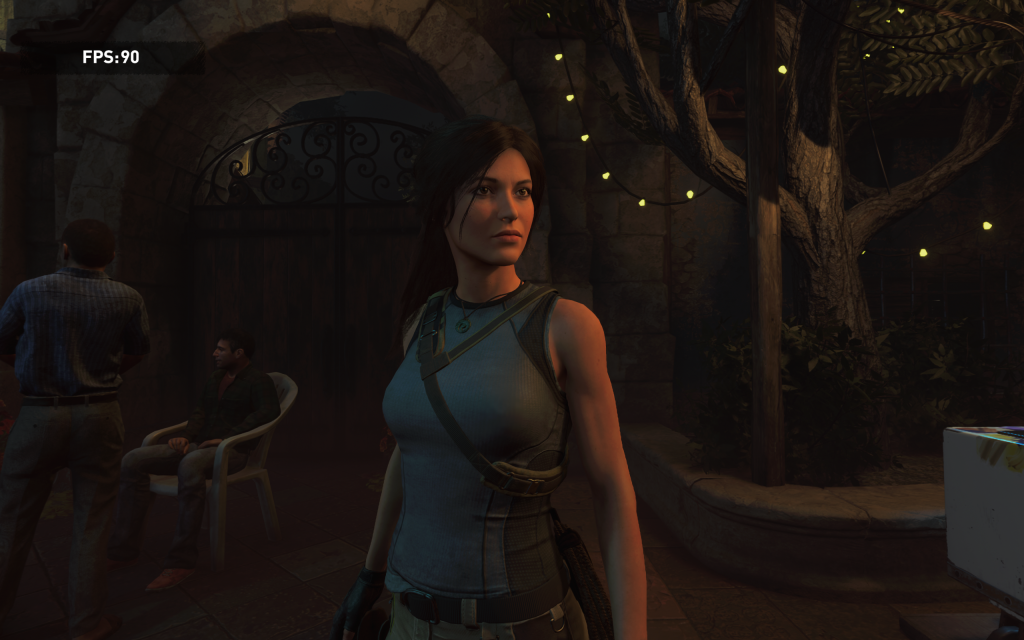 Shadow of the Tomb Raider: With DLSS set to balanced, the gen 8 crushes the previous generation breaking 200 fps in HD. As we upped the settings we came out about even with the gen 7 models running in 4k with ultra ray tracing. The thing to remember though is we’re in balanced mode here, where we ran our gen 7 test with DLSS set to performance.
Shadow of the Tomb Raider: With DLSS set to balanced, the gen 8 crushes the previous generation breaking 200 fps in HD. As we upped the settings we came out about even with the gen 7 models running in 4k with ultra ray tracing. The thing to remember though is we’re in balanced mode here, where we ran our gen 7 test with DLSS set to performance.
- FHD / highest: 202 fps
- FHD / highest with ultra ray tracing: 148 fps
- 2560×1600 / highest: 150 fps
- 2560×1600 / highest with ultra ray tracing: 108 fps
- 4K / highest: 84 fps
- 4K / highest with ultra ray tracing: 56 fps
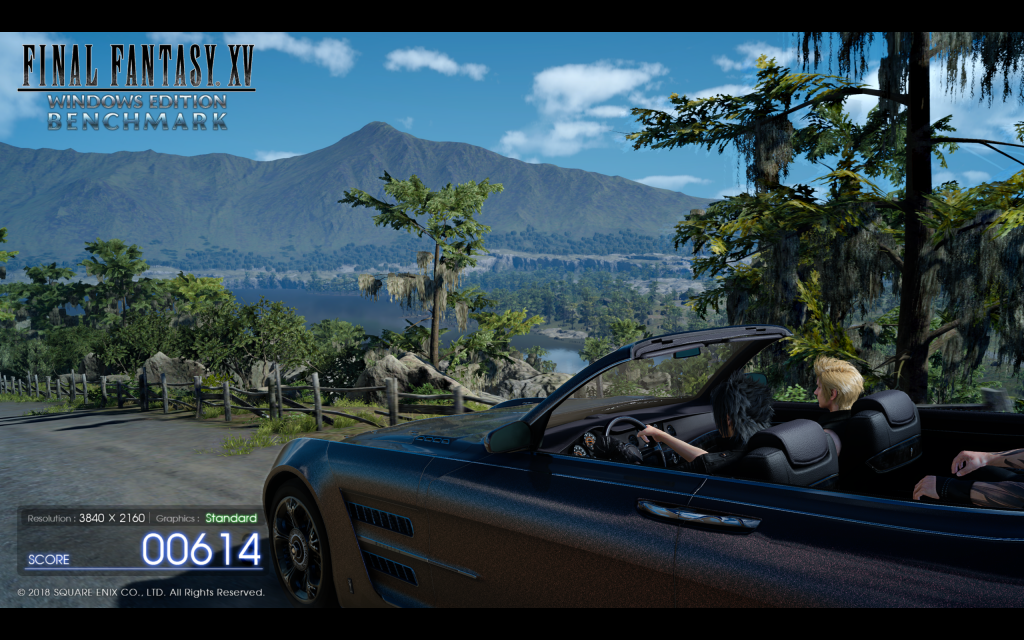 Final Fantasy XV: You’ll easily be able to cruise with Noctis et al at 4K with all of the settings turned all the way up, and if you’re playing at FHD or 2560, you can count on buttery smooth animation and frame rates. Here’s what we got:
Final Fantasy XV: You’ll easily be able to cruise with Noctis et al at 4K with all of the settings turned all the way up, and if you’re playing at FHD or 2560, you can count on buttery smooth animation and frame rates. Here’s what we got:
- FHD / standard graphics: 17,689 – extremely high
- FHD / high graphics: 11,973 – very high
- 2560×1440 / standard graphics: 11,636 – very high
- 2560×1440 / high graphics: 8,902 – high
- 4K / standard graphics: 5,996 – high
- 4K / high graphics: 4,881 – fairly high
Not really anything we had in our library that was able to make the Pro 7i falter, with great performance from other games like Control even with the ray tracing turned up. The one surprise is while it crushed previous generations in the FHD or WQHD ranges, in 4K with the ray tracing tuned all the way up it was only marginally better than the 3080 Ti-equipped previous generation if at all on the 4070. We’re confident that would be wholly different if we were using a 4090-packing model.
Real world battery life
Lenovo says 12 hours of battery life, but for a gaming laptop like always we were skeptical – gaming laptops simply aren’t built for battery. So with the screen brightness at 60% and the wifi on, we got started.
I started off with some work primarily in Microsoft 365, sending emails, drafting documents and having a couple sessions of Power BI open to mess with some of my queries and dashboards. A couple of calls on Teams and Zoom were thrown into the mix, as well as some remote sessions to check in on my servers. After that was done it was time for a break with some media consumption. I chose some classic episodes from one of my favorite series, The West Wing.
A bit of lunch and some political drama later, it was back to jumping into the remote sessions, with some YouTube rolling in the background whichever way the algorithm took me. All said and done, we were looking at just over 6 hours before we had to plug back in. We were hoping for a bit more.
Overall
Starting at around $2k, The Legion Pro 7 is at a great price range for 13th-gen i9 processing and and RTX 4070 as the “low end” graphical option. $3k will get the real powerhouse of the line, upping the graphics card to an RTX 4090 and still being pretty reasonable in terms of cost. It’s a huge difference from the Legion Pro 5i, which allows for the same i9 at the top end, but maxes out at an RTX 4070. And if you’re ok carrying around 6 lbs, the grown up feel as opposed to the more “aggressive” design aesthetics of something like the ROG STRIX Scar make it able to find its place serving double duty for work.
